Are there consciousness islands at all…?
“The whole is more than the sum of its parts” is often said… and with good reason. Emergent properties of systems arise from the interaction of their constituent elements. From the increased complexity and their teamwork, arise enhanced capabilities: new properties appear, that were not present before. One can look, on the other hand, towards the deconstruction of systems.
How many or how large can be the elements of system that can be removed or turned off… without taking away some of its fundamental properties? And from the opposite perspective: how large or complex need be the separed element to retain similar properties to the whole?
In the context of cognition, one may consider that brains that have been damaged (as from a traumatism or ictus), brains subjected to certain surgical procedures, or simply portions or small fragments of the brain will retain some or even most of their original properties.
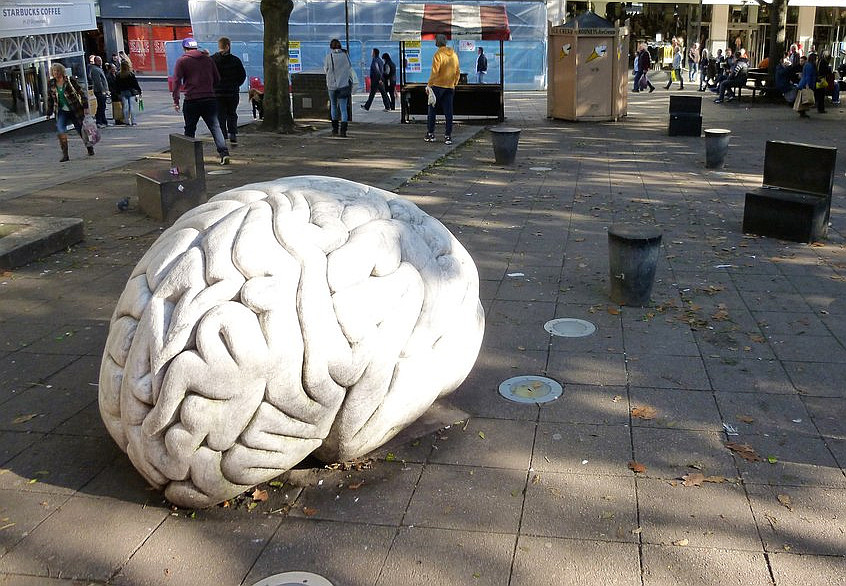
How small or simple a piece of brain would be able to retain some sense of awareness? Relatedly, is there such a thing as a minimum unit or element of capable of awareness? Are there different kinds of non-full-brain entities capable of awareness or awareness-like processes? What makes islands of awareness possible at all?
Certainly, the isolation of an aware brain structure is what makes it an aware island. Yet, while one matter is that there exists a brain-like or brain-derived structure having awareness, how can one measure in such an atypical brain structure and know with certainty if it does have awareness or not…?
Importantly, the failure of an observer to perceive the awareness of that island is by no means proof of its lack of awareness. Are current methods for measuring consciousness in full brains suited to detect awareness in partial or atypical brain instances…?
Aspects related to this were addressed by researchers Tim Bayne, Anil Seth and Marcello Massimini in a recent article entitled “Are There Islands of Awareness?”, appeared in the journal Trends in Neurosciences. Learn more by reading further and refer to the original article for specific details.
The emergence of awareness islands:
There are examples of transitory awareness islands stem that from normal physiological conditions such as sleep or dreaming. In these cases, the brain also is, yet in a quite different way, “cut off” from its environment. Other factors for the -temporary- emergence of an “island” state can be chemicals or drugs, as happens for example with ketamine anesthesia.
Other than these, some other cases are the result of the physical isolation of a brain or brain structure. This happens, for instance, in the case of certain types of surgery or trauma.
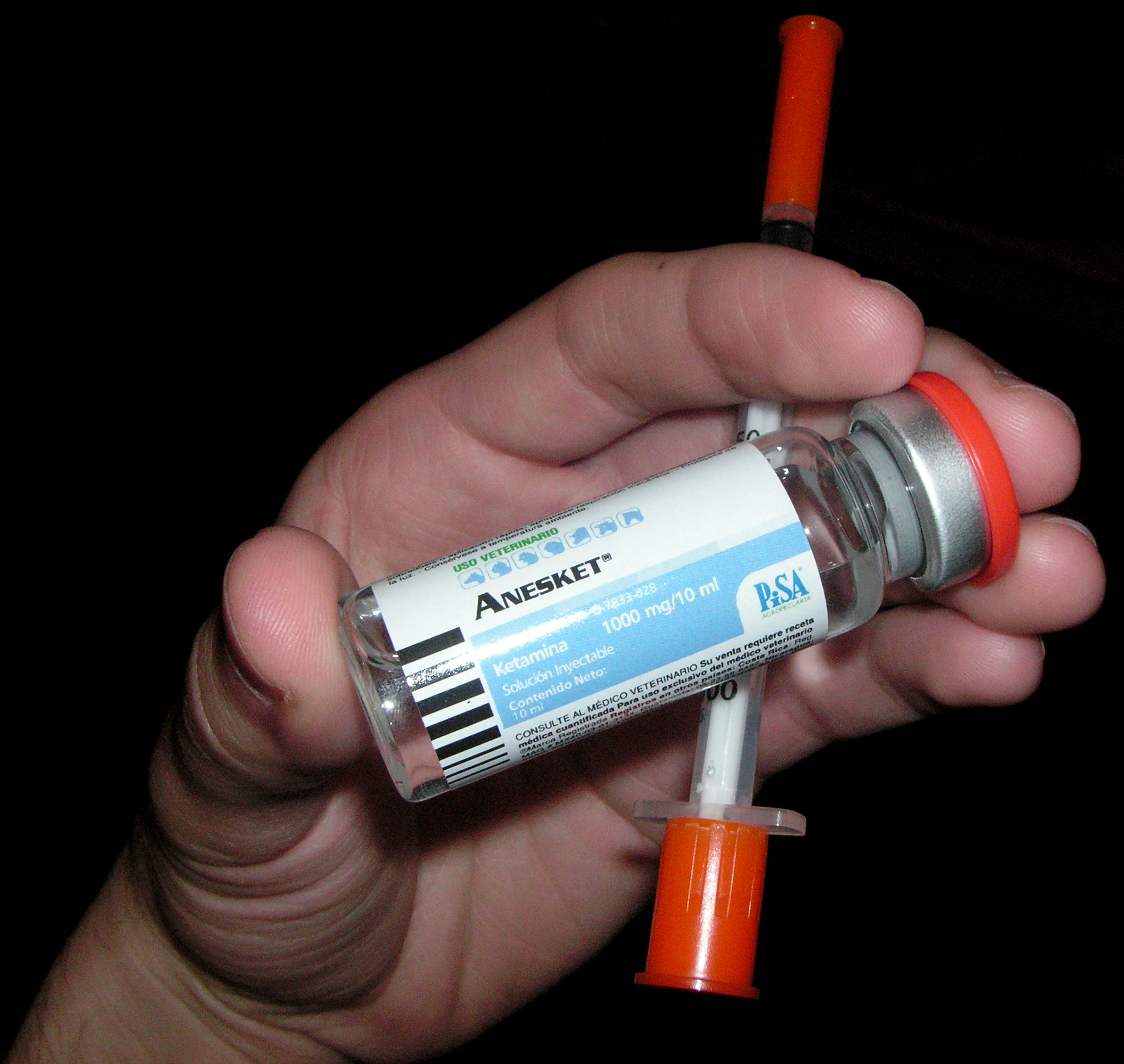
One such case of a physical-cause awareness island could be, for instance, to have a brain placed outside its original host body (but of course, kept alive). Another such situation is that of a brain which has undergone an hemispherotomy surgery: a damaged hemisphere has been largely disconnected from another, healthy hemisphere. This functionally disables the communication between both hemispheres. Yet, it does not entail that the disconnected hemisphere loses the awareness it may retain despite being damaged.
Taking a look at yet another case: do simpler structures such as fragments or slabs of brain cortex have awareness? Another case: do semi-synthetic lab-made cerebral organoids engineered using stem cells have it?
Another consideration is whether a brain is able to keep working after being separed from the body being fundamentally “the same” or if the separation from the body would fundamentally make it different as a result of a radically changed input-output network? One aspect would be certain, however: its isolation could be affirmed without any shadow of doubt.
How to measure awareness islands…?
One of the first difficulties in the search for awareness in such “islands” is that methods commonly used for measuring consciousness might not be well-suited to the task. Without some adaptation or re-adjustment work, most methods simply would not have a direct translation for the use with structures different from an intact, in-body brain. Adapting some existent methods, though, might be possible.
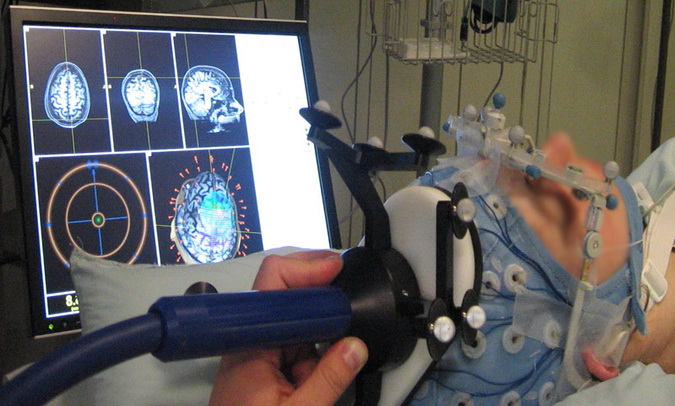
Two kinds of approaches were proposed in the article by Bayne, Seth and Massimini to attempt to measure awareness islands. Firstily, a probe-and-measure procedure could be applied. In that logic, a transcranial magnetic perturbation would be applied on the brain. From the reaction fired in the brain networks, the cause-effect network of the brain or analogous structure could be measured. This would allow to conduct a search of the connectivity networks that are present.
An approach following the described logic is the measurement of the “perturbational complexity index” (PCI). An initial stimulus would be applied onto the brain (or analogous structure) via transcranial magnetic stimulation (TMS). The resulting effect would next be measured by means of electro encephalography (EEG).
The second, alternative proposed strategy would involve the measurement via EEG, of the complexity of brain waves in an unperturbed or “spontaneous” state. The detection of a particular pattern of brainwaves, and/or a certain level of complexity could then be linked to the presence of an awareness island.
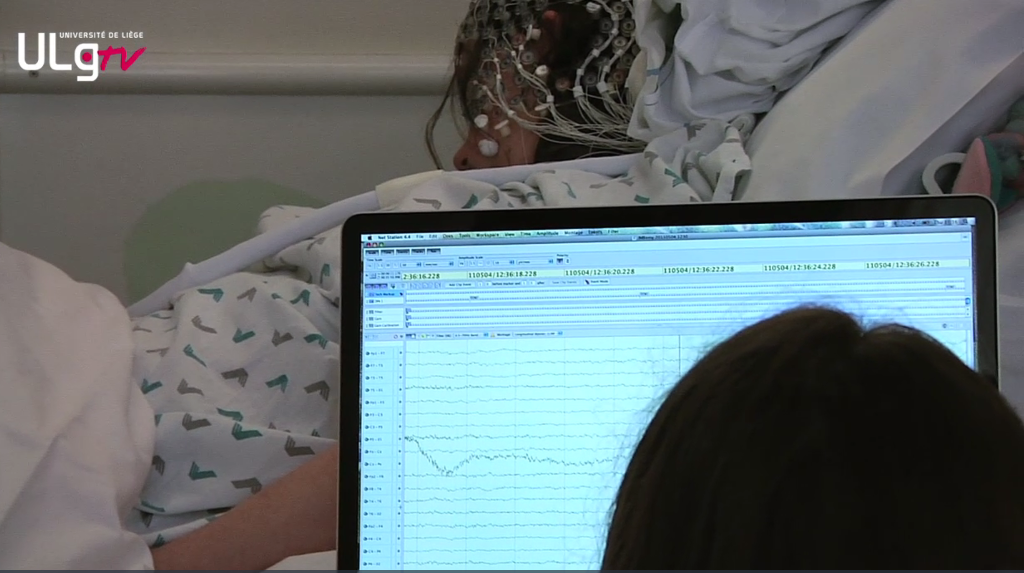
The strategies proposed have been successfully applied in the past towards the measurement of consciousness in challenging cases; for instance, in states such as sleeping, dreaming or ketamine-induced anesthesia.
Regardless of the potential of these and other techniques, for now their adaptation to particular brain sub-structures or situations might prove challenging. Even if they can be adapted, an effort to find the right conditions and modify the protocols would be necessary.
What lays ahead in the detection of awareness islands…?
As of today, an additional difficulty for the detection and measurement of awareness islands is that even if some level of awareness were successfully measured in such islands, it is very difficult to know what is the meaning of those measures.
Given a measurement, what can one conclude regarding what those islands are “feeling” or perceiving? A measurement which would have some meaning in an intact brain could have a different interpretation in the context of a simpler brain-like or brain-derived structure.
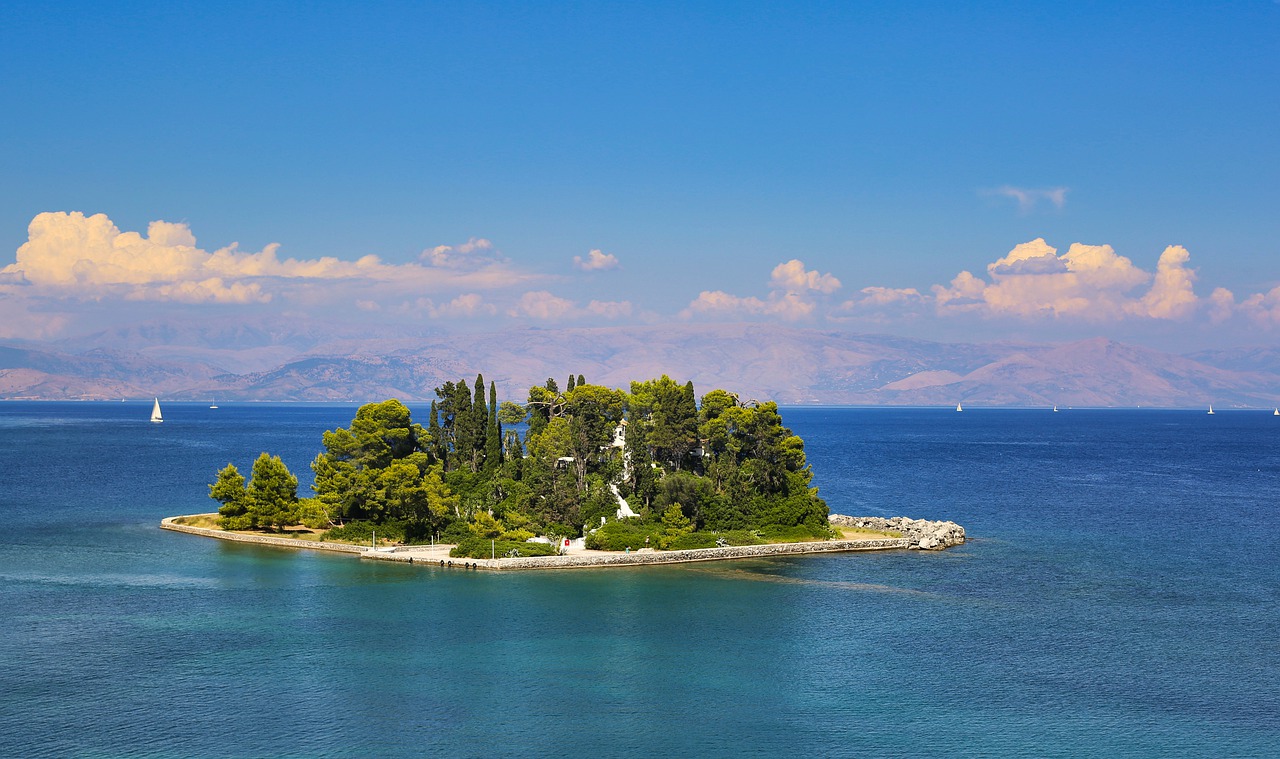
Information that needs to be acquired by experience and trial-and-error is, for now, missing. Still, if complex neural activity indicative of consciousness were found in an isolated, intact brain, could the owner of the brain be considered to be still alive? Does the individual need to retain his/her original body to retain his/her awareness?
In an inverse perspective, we have seen in movies such as “2001: A Space Odyssey”, or “Ex Machina” how an artificial being was built from plastic, semiconductors and circuitry. In both these movies, the artificial entity arrives to a level of complexity in which it developed self-awareness, in the latter example the plot providing a convoluted version of the Turing test.
Returning our attention towards the “islands” themselves: how does their isolation influence what happens inside? This question, for now without an answer, could cast mind-twisting paradoxes deeply connected to what is the sense of personal identity, or what is the nature of death. The legal or ethical implications down the road will largely depend on future findings.

Will it become possible not only to identify but also to interact and communicate with an island of consciousness? Will one find that entity as having such a level of complexity, and of awareness, in a way that seriously confronts us with the question of what rights this entity should have? The questions and implications are many, subjects about which we invite you to read at the original opinion paper. Future research will give some answers… and open even more questions, piling on top of all the previous.
Image credits:
Brain sculpture picture by Richard Humphrey was modified and downloaded from Geograph and licensed via an Attribution-ShareAlike 2.0 Generic (CC BY-SA 2.0) license.
Ketamine picture is in the public domain and was downloaded from Wikimedia Commons.
Transcranial magnetic stimulation (TMS) picture kindly provided by the group of Prof. Massimini group at the University of Milan, as part of their participation in the Luminous project.
Electro encephalography (EEG) picture kindly provided as a stock photo by Coma Science Group of the University of Liège, as part of their participation in the Luminous project.
Island picture is in the public domain and was downloaded from Pixabay.
Snapshot taken from the movie “Ex Machina” (according to copyright fair use) was downloaded from Flickr account Bago Games and licensed via an Attribution 2.0 Generic (CC BY 2.0) license.
